Many couples rely on withdrawal as a method of contraception — but just how safe is it? Find out what precum is and the real risks of getting pregnant from it.
-
Tracking cycle
-
Getting pregnant
-
Pregnancy
-
Help Center
-
Flo for Partners
-
Anonymous Mode
-
Flo app reviews
-
Flo Premium New
-
Secret Chats New
-
Symptom Checker New
-
Your cycle
-
Health 360°
-
Getting pregnant
-
Pregnancy
-
Being a mom
-
LGBTQ+
-
Quizzes
-
Ovulation calculator
-
hCG calculator
-
Pregnancy test calculator
-
Menstrual cycle calculator
-
Period calculator
-
Implantation calculator
-
Pregnancy weeks to months calculator
-
Pregnancy due date calculator
-
IVF and FET due date calculator
-
Due date calculator by ultrasound
-
Medical Affairs
-
Science & Research
-
Pass It On Project New
-
Privacy Portal
-
Press Center
-
Flo Accuracy
-
Careers
-
Contact Us
What Is Precum? And Can It Get You Pregnant?
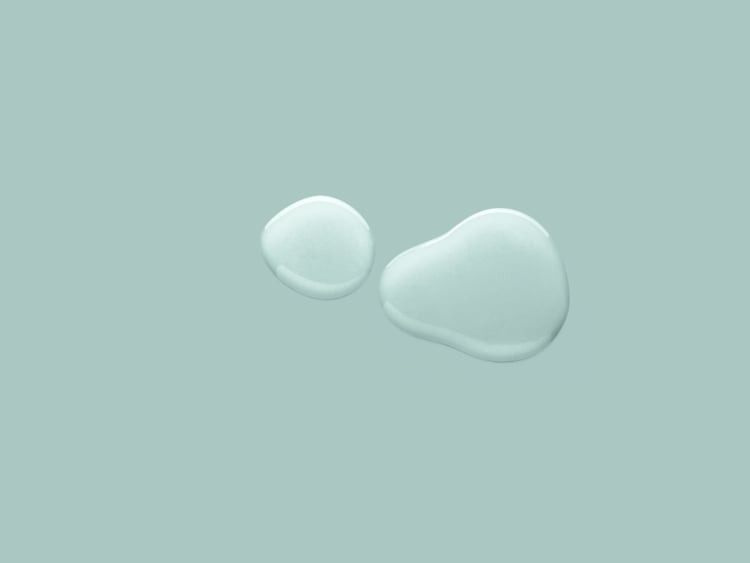

Every piece of content at Flo Health adheres to the highest editorial standards for language, style, and medical accuracy. To learn what we do to deliver the best health and lifestyle insights to you, check out our content review principles.
The pullout method, or withdrawal method, has shown to be one of the least effective methods of contraception, but lots of us are still using it to avoid pregnancy.
In fact, a 2013 report by the Centers for Disease Control and Prevention found that 60% of the female population in the US (or their partners) have used the withdrawal method at least once. This makes it one of the most common methods of contraception. And a 2015 study revealed that 7% of female and 6% of male respondents claim that withdrawal is their only method of contraception during sexual intercourse.
Even though the pullout method might seem convenient, it carries a few risks that could result in some major inconveniences (to put it mildly). The withdrawal method doesn’t provide protection from sexually transmitted infections (STIs). And even if your partner pulls out before ejaculation, you may still be exposed to sperm cells in the form of precum. This is why, yes, you can get pregnant from precum.
So, what is precum? And why isn’t the pullout method a reliable method of birth control? We asked the experts.
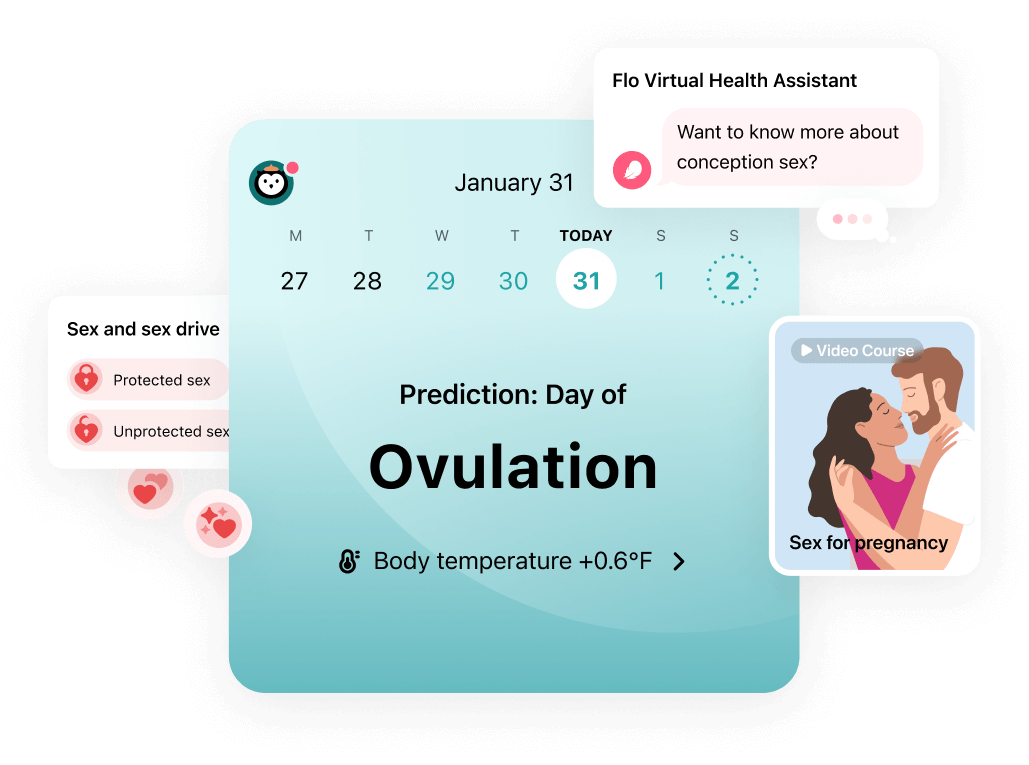
 Over
7.8M
ratings averaging
4.8/5
*
Over
7.8M
ratings averaging
4.8/5
*
Understand your fertility better with the Flo app
- Learn more about your fertility signals.
- Make sense of conception sex with help from our virtual Health Assistant.
- Log when you have unprotected sex (for your eyes only!).
 Over
7.8M
ratings averaging
4.8/5
*
Over
7.8M
ratings averaging
4.8/5
*
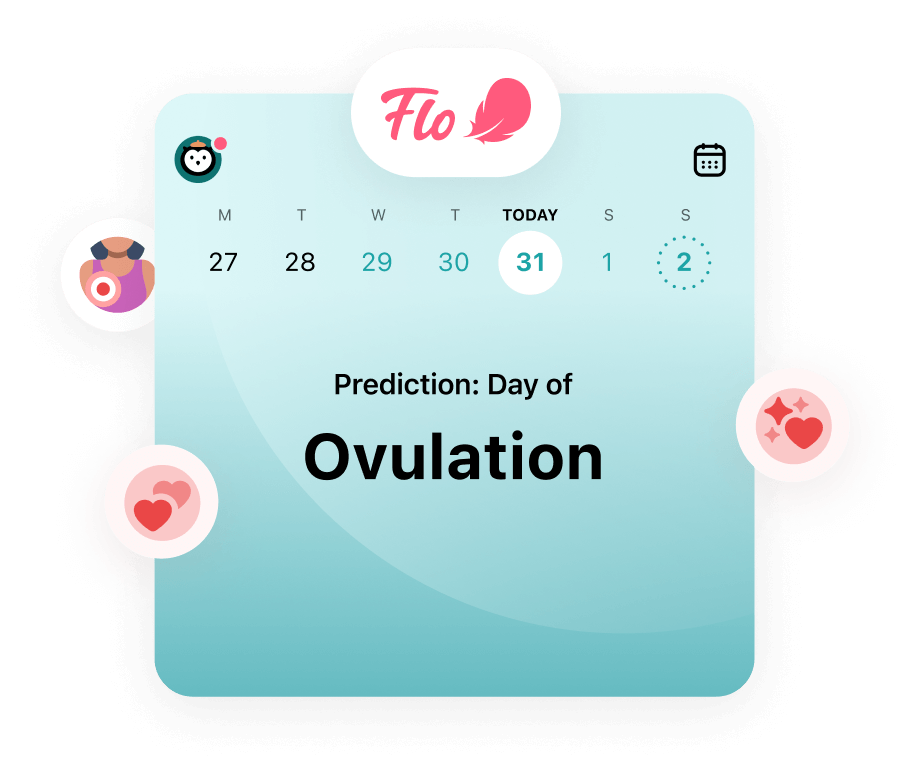
Do you want to learn the best time to get pregnant?
The Flo app can teach you all about trying to conceive

 Over
7.8M
ratings averaging
4.8/5
*
Over
7.8M
ratings averaging
4.8/5
*
Understand your fertility better with the Flo app
- Learn more about your fertility signals.
- Make sense of conception sex with help from our virtual Health Assistant.
- Log when you have unprotected sex (for your eyes only!).
What is precum?
Precum, also known as “pre-ejaculate fluid,” is the liquid that sometimes appears at the tip of the penis before ejaculation. This can happen at any time during sexual arousal.
Contrary to what lots of people think, precum isn’t actually the same thing as semen — even if it looks a lot like it. So, where does it come from? Well, precum is produced in the pea-sized Cowper’s glands and is made up of enzymes and mucus. So, in its purest form, precum doesn’t actually contain any living sperm cells at all. However, the problem is that precum often becomes contaminated with sperm during sexual arousal — more on that below.
Why is precum produced?
Precum actually has quite an important job to do. It helps the urethra (the tube that transports sperm and urine) prepare to ejaculate semen.
Take a quiz
Find out what you can do with our Health Assistant
As Dr. Peace Nwegbo-Banks, obstetrician and gynecologist, Texas, US, explains, “The urethra serves two purposes in men — it allows for the passage of sperm and urine. Because urine has an acidic pH, this can affect sperm motility [the sperm’s ability to move].”
So pre-ejaculate fluid makes the urethra less acidic, and, in turn, it also makes the vagina less acidic. The point of precum is to help the urethra and the vagina become more hospitable for the sperm cells that are on their way to trying to fertilize an egg. In addition, precum also provides lubrication to help the semen on its journey while also making the tip of the penis slick and ready for intercourse.

Can you get pregnant from precum?
Something people often search for online is “Can you get pregnant from precum?” — and the answer is yes.
Even though precum doesn’t naturally contain sperm, it can be contaminated with sperm. “If [someone with a penis] has recently ejaculated, residual sperm can [remain] within the urethra,” Dr. Nwegbo-Banks explains. A 2013 study found that 41% of people surveyed had traces of live sperm in their precum — although only 37% contained a “reasonable proportion” of motile sperm that could result in pregnancy. Remember, though: it only takes one sperm to fertilize an egg and start a pregnancy.
While it’s impossible to tell if your partner’s precum contains sperm, what we do know is that the withdrawal (or pullout) method is very risky in terms of preventing pregnancy. In fact, a 2017 study found that 20% of people relying on withdrawal for contraception ended up with an unintended pregnancy — the highest failure rate of any contraceptive method tested during the study.
It’s also important to note that even if your partner pulls their penis out of your vagina before they ejaculate, some semen could still end up near your vagina, and those speedy sperm might be able to swim into your vaginal canal. Of course, this could also happen if your partner ejaculates during foreplay, meaning you could theoretically get pregnant without having sex.
If you’re not planning on getting pregnant, you’re much better off using a different method of contraception. The following birth control methods have all been shown to be more effective than the pullout method:
- Implant
- IUD
- Diaphragm
- Vaginal ring
- Patch
- Injection
- Birth control pills
- Condoms
Precum and STIs
Pregnancy isn’t the only risk that comes with the pullout method. Precum can also spread STIs.
As the World Health Organization explains, STIs are usually spread through sexual contact, and HIV, chlamydia, hepatitis B, and gonorrhea can be spread through fluids, including — you guessed it — precum.
So the pullout method can be risky, especially if you’re having casual sex or are unsure if your partner has been recently tested for STIs. It’s also important to remember that conditions such as herpes and HPV can also be passed on through skin-to-skin contact, so while using a barrier method of contraception (such as wearing an internal or external condom) doesn’t entirely eliminate the spread of those viruses, it does help a little.
“The urethra serves two purposes in men — it allows for the passage of sperm and urine. Because urine has an acidic pH, this can affect sperm motility.”
Some frequently asked questions about precum
When does precum occur?
Precum occurs during arousal prior to ejaculation. Different people produce different amounts of precum. In some cases, the amount will be so small that it’s hardly noticeable.
How much precum is normal?
The amount of precum produced can be up to 4 ml, which is less than a teaspoon.
Does peeing after sex prevent pregnancy?
If you have used the withdrawal method and are worried about getting pregnant, unfortunately, peeing after sex won’t help to kill any sperm cells that may have already made it to your vaginal canal.
Why not? Well, urine comes from your urethra, so it won’t interact with any active sperm cells in your vagina or uterus, explains OB-GYN Dr. Nwegbo-Banks.
Does pee kill sperm?
But what about peeing before sex? As it turns out, your partner could flush some of the precum out of their urethra by peeing before sex, which could reduce the amount of precum (and potential sperm) that enters your vagina. Of course, this isn’t fail-safe — one small study found that even when men peed before sex, their precum still had evidence of sperm. So you should use another birth control method if you want to prevent pregnancy and consider using a barrier method of birth control if you and your partner haven’t been recently tested for STIs.
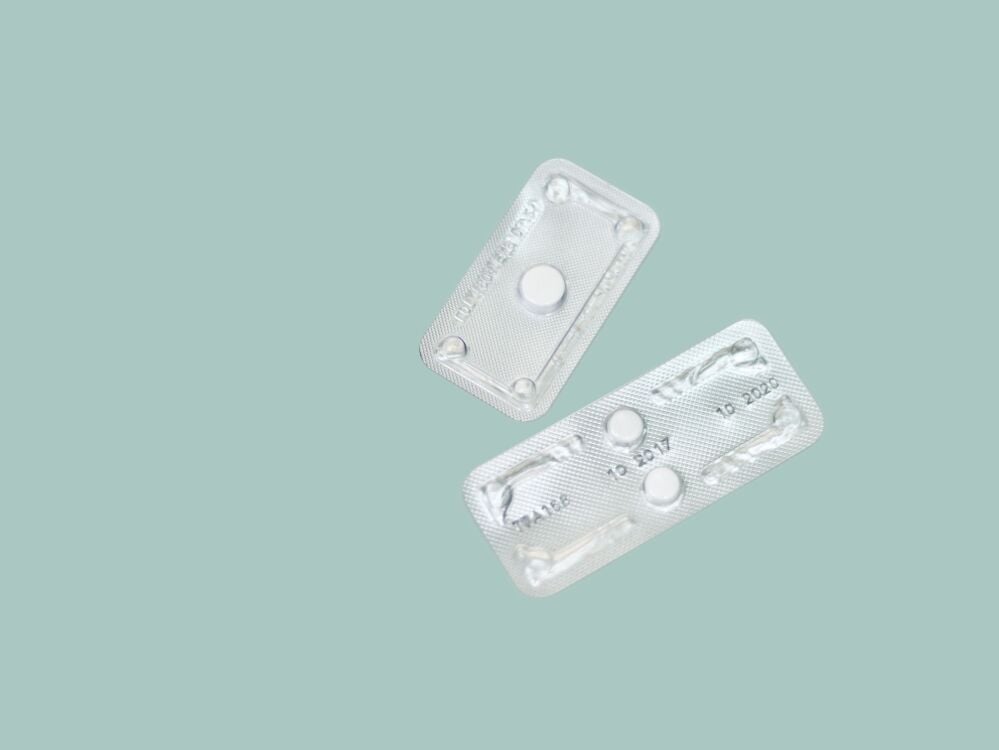
What should you do if you've been exposed to precum through unprotected sex?
If you have used the withdrawal method, you may be at risk of becoming pregnant or contracting an STI. If you’re not certain of the other person’s STI status, it’s a good idea to get tested. And if you don’t want to get pregnant, emergency contraception is your best option.
There are two different types of emergency contraception pills. One contains levonorgestrel and needs to be taken within 72 of unprotected sex. The other contains ulipristal acetate and needs to be taken within 120 hours (5 days) of unprotected sex. Having a copper IUD inserted within 120 hours of unprotected sex also works for emergency contraception. You may wish to speak with your doctor about more effective long-term birth control methods.
The takeaway: Precum and the risk of pregnancy
That was quite the biology lesson! Let’s do a quick recap of what we now know about precum and the possibility of getting pregnant.
Precum is a fluid that is released from the penis during sexual arousal. It has a few important roles to play, including lubrication and making the urethra and vagina less acidic, meaning they’re more hospitable to sperm. You and your partner might not even notice precum, as less than a teaspoon is usually produced.
While the withdrawal method is popular, it’s worth keeping in mind that it carries two main risks. One is the risk of pregnancy, as you can indeed get pregnant from precum. The second is the risk of STIs, as not only does the withdrawal method offer no protection against them, but they can also be spread by precum. With this in mind, you might want to use another form of birth control if you want to prevent getting pregnant from precum or contracting an STI. And as always, if you have any concerns or questions, don’t be embarrassed about reaching out to your health care provider — after all, they’ll have heard it all before!


Hey, I'm Anique
I started using Flo app to track my period and ovulation because we wanted to have a baby.


The Flo app helped me learn about my body and spot ovulation signs during our conception journey.


I vividly
remember the day
that we switched
Flo into
Pregnancy Mode — it was
such a special
moment.
Real stories, real results
Learn how the Flo app became an amazing cheerleader for us on our conception journey.
References
Chughtai, Bilal, et al. “A Neglected Gland: A Review of Cowper’s Gland.” International Journal of Andrology, vol. 28, no. 2, Apr. 2005, pp. 74–77.
“Effectiveness of Birth Control Methods.” The American College of Obstetricians and Gynecologists, www.acog.org/womens-health/infographics/effectiveness-of-birth-control-methods. Accessed 14 Feb. 2023.
“Genital Herpes.” Mayo Clinic, 22 Nov. 2022, www.mayoclinic.org/diseases-conditions/genital-herpes/symptoms-causes/syc-20356161.
Killick, Stephen R., et al. “Sperm Content of Pre-Ejaculatory Fluid.” Human Fertility, vol. 14, no. 1, Mar. 2011, pp. 48–52.
“Emergency Contraception (Morning After Pill, IUD).” NHS, 8 July 2021, www.nhs.uk/conditions/contraception/emergency-contraception. Accessed 11 Nov. 2021.
“Pull Out Method.” Cleveland Clinic, my.clevelandclinic.org/health/articles/24174-pull-out-method. Accessed 14 Feb. 2023.
Killick, Stephen, et al. “Sperm Content of Pre-Ejaculatory Fluid.” Human Fertility, vol. 14, no. 1, Mar. 2011, pp. 48–52, www.ncbi.nlm.nih.gov/pmc/articles/PMC3564677. Accessed 11 Nov. 2021.
“STD Facts: Human Papillomavirus (HPV).” Centers for Disease Control and Prevention, 20 Dec. 2022, www.cdc.gov/std/hpv/stdfact-hpv.htm.
Sundaram, Aparna, et al. “Contraceptive Failure in the United States: Estimates from the 2006–2010 National Survey of Family Growth.” Perspectives on Sexual and Reproductive Health, vol. 49, no. 1, Mar. 2017, pp. 7–16, onlinelibrary.wiley.com/doi/full/10.1363/psrh.12017.
“Sexually Transmitted Infections (STIs).” World Health Organization, 14 June 2019, www.who.int/news-room/fact-sheets/detail/sexually-transmitted-infections-(stis).
Higgins, J.A., and Wang, Y. “Which Young Adults Are Most Likely to Use Withdrawal? The Importance of Pregnancy Attitudes and Sexual Pleasure.” Contraception, vol. 91, no. 4, Apr. 2015, pp. 320–27, www.ncbi.nlm.nih.gov/pmc/articles/PMC4373981.
“Withdrawal Method (Coitus Interruptus).” Mayo Clinic, 7 May 2022, www.mayoclinic.org/tests-procedures/withdrawal-method/about/pac-20395283.
History of updates
Current version (23 February 2023)
Published (09 December 2021)
In this article
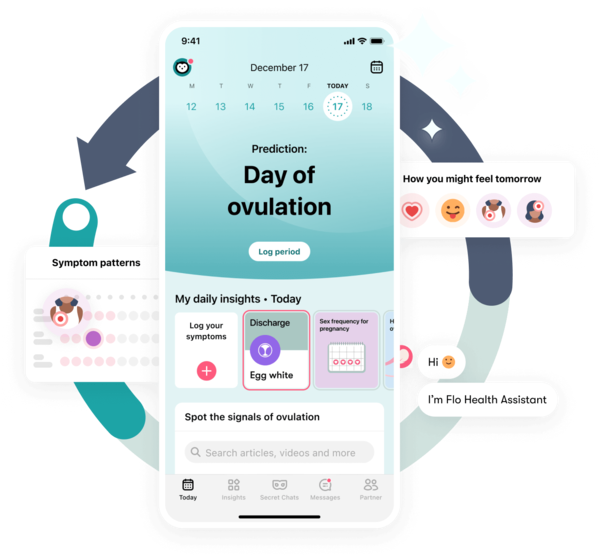
Get your personal guide to fertility
-
Learn how to read your body's ovulation signals
-
Find daily conception tips from our experts
-
Chat with others who are trying to get pregnant




